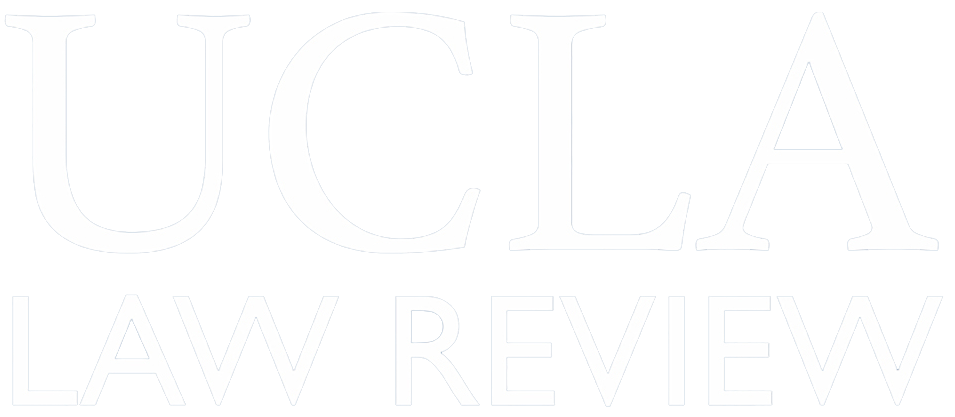Normative arguments are crucial for the rule of law, and lawyers need to know how to make and defend claims of morality and justice. In recent years, however, cost-benefit and efficiency analysis appear to have taken over most legal scholarship and many law school classroom discussions. Such analysis suggests that the sole goal of the legal system should be to maximize human welfare, which can be...
Sex Outside of the Therapy Hour: Practical and Constitutional Limits on Therapist Sexual Misconduct Regulations
In many states, sexual misconduct regulations categorically prohibit various healthcare professionals from having sexual contact with current patients and with former patients for years after the end of therapy. In many instances, these categorical bans reach conduct that gives no cause for concern: fewer harms are risked by sex between an optician and a former client, for instance, than are...
The Neglected Right of Assembly
This Article considers changes in both our understanding of the constitutional right of peaceable assembly and our regulatory practices with respect to public assemblies. It shows that through the late nineteenth century the state could only interfere with gatherings that actually disturbed the public peace, whereas today the state typically regulates all public assemblies, including those that...
Red: Racism and the American Indian
How does racism work in American Indian law and policy? Scholarship on the subject too often has assumed that racism works for Indians in the same way that it does for African Americans, and has therefore either emphasized the presence of hallmarks of black-white racism, such as uses of blood quantum, as evidence of racism, or has emphasized the lack of such hallmarks, such as prohibitions on...
The Supreme Court as "Prime Percolator": A Prescription for Appellate Review of Questions in Patent Law
Generally speaking, the Supreme Court of the United States is a tribunal with the final say on “what the law is.” But the desirability of the Supreme Court’s acting as “final law sayer” is questionable in patent law, where the Court primarily reviews the work of the Federal Circuit, a comparatively expert body having virtually exclusive jurisdiction over initial appeals. Nonetheless, in recent...
Transgender Youth, Adolescent Decisionmaking, and Roper v. Simmons
Transgender youth who seek access to hormones encounter a number of barriers that frustrate their ability to express their gender identity and exacerbate the effects of the overwhelming levels of discrimination and harassment they face on a daily basis. Because the parents of transgender youth are often hostile or absent, the parental consent requirement imposed by informed consent laws adds to...
International Travel and the Constitution
This Article makes the case for the fundamental right of U.S. citizens to leave their country and return home again. Surprisingly, Americans do not enjoy such a fundamental right. Under current U.S. Supreme Court precedents, the right to travel abroad is merely an aspect of liberty that may be restricted within the bounds of due process. The controversial No Fly List is one such result. Anyone...
Seeing and Believing: Mandatory Ultrasound and the Path to a Protected Choice
Several state legislatures now require that before a woman may consent to an abortion, she must first undergo an ultrasound and be offered the image of her fetus. The justification is that without an ultrasound, her consent will not be fully informed. Such legislation, the latest move in abortion regulation, supposes that a woman who sees the image will be less likely to abort. This Article...
